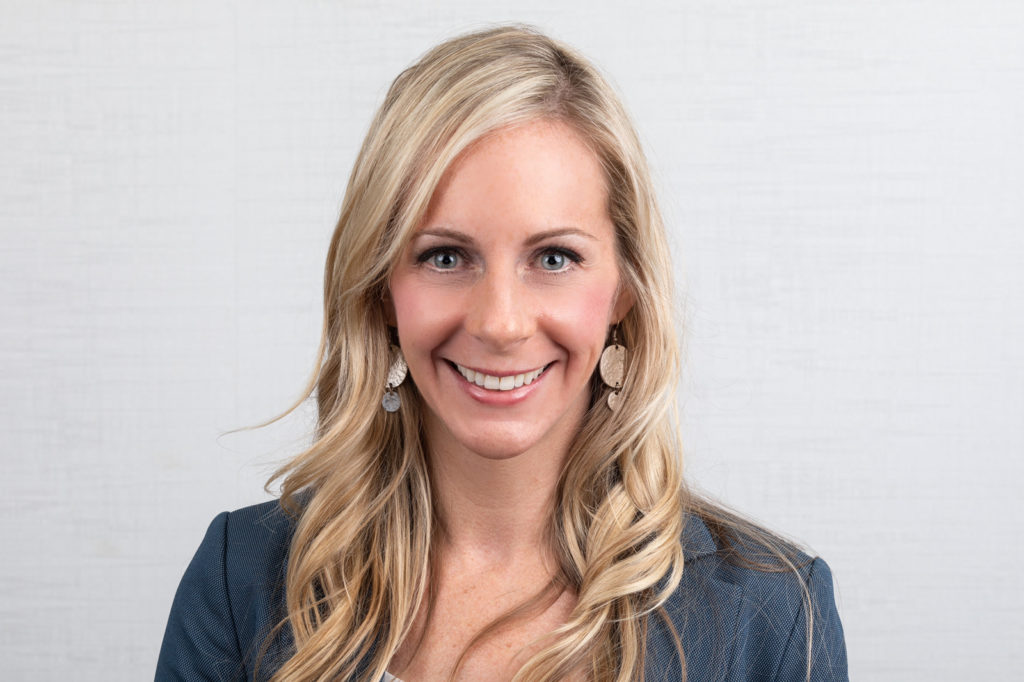
At CHE Behavioral Health Services, a nationwide organization providing behavioral health services to patients in skilled nursing facilities and now to the general community, we had to work quickly to provide innovative strategies to ensure continuity of care remotely during the COVID-19 pandemic. Behavioral health services are more important now than ever before with unprecedented demands to address increases in depression, stress, anxiety, fear and trauma associated with the pandemic.
Almost four months into the pandemic and conducting over 10,000 telehealth visits a month, we have learned quite a bit about how to facilitate successful telehealth services in SNFs. With a few exceptions, our older and disabled patients can successfully participate in and benefit from behavioral health services delivered via telehealth. What is clearly the most essential ingredient to successful telehealth is coordination and a partnership with facility staff. To that end, CHE offers the below tips and strategies we have learned from interviewing our providers conducting telehealth that have led to more successful telehealth workflows.
Tips for facilities for telehealth success
- Invest in quality WiFi throughout the facility. One hundred percent of CHE providers interviewed stated spotty, weak, and unreliable WiFi was the biggest culprit of telehealth failures.
- Use a stand for the device, and even better, a dedicated rolling cart for the telehealth equipment. A stand does not require the patient to hold the device, which is better for infection control. It also prevents patient fatigue, accidental disruptions to the session, etc.
- Do not forget to plug in and recharge the device! Forgetting this essential step is a common culprit of missed treatment sessions. Consider having a home base docking station for the device near an outlet.
- Turn off the TV and close the door. Nursing home staff have become habituated to background television noise and therefore, may not consider turning it off. Unfortunately, background television noise or commotion from the hallway make it hard for the provider and patient to hear each other and is distracting to the patient.
- Tape a “Doctor Visit in Session” sign on the patient’s door during the telehealth session. Otherwise, facility staff will enter the room and begin providing care or room service. This will be disruptive to the treatment session.
- Set a weekly schedule for psychology/psychiatry (or other disciplines) telehealth services. Without a schedule, facility staff liaisons were more inconsistent with follow through. When scheduled, this became a part of the expected work routine.
- Identify several staff members who can assist with telehealth service delivery. This is especially true during an unpredictable situation like the COVID-19 pandemic. At times, the “one” identified facility liaison may unexpectedly call off, be quarantined, or be rescheduled to a different shift or work assignment last minute. By having a group of staff available to assist with telehealth helps ensure the scheduled appointments will not be canceled last minute.
- Think outside the box when it comes to telehealth staff support. While most facilities used the social services director or assistants, others utilized activities staff, members of the admission and business office, or other helpful personnel.
Practical considerations for the healthcare provider
- Have realistic expectations for facility staff and expect more non-billable time related to coordination and wait times between sessions.
- Exchange cell phone numbers will all staff members supporting telehealth. The fastest way to communicate when a session is completed is through directly texting your facility telehealth liaison.
- Schedule telehealth services in 2-4 hour time blocks max each day, across multiple days if needed. While you may have spent an 8-hour day at the facility in-person, facility staff typically cannot dedicate a full 8-hour shift to telehealth assistance. To that end, our providers often conduct telehealth services in 2-3 different facilities each day.
- Confirm 30 to 60 minutes before your scheduled telehealth start time with your staff liaison. This gives you time to coordinate services if there was an unexpected change.
- Frequently tell facility staff how grateful you are for their support and that you understand the increased workload and stress they are experiencing during the pandemic. Dropping off “thank you” donuts once and a while doesn’t hurt either.
Continuity of behavioral healthcare
At CHE, we have also experienced more than ever before, patients asking about continued behavioral health services for anxiety, depression, trauma, etc. after discharge from their SNF stay. Not surprisingly, we are also getting more request for psychotherapy referrals for staff members and resident’s family members who are finding it difficult to cope with the increased stressors associated with the COVID-19 pandemic.
Supporting continuity of care and sharing resources for mental health treatment in the community is an essential role of the SNF behavioral health consultant, especially during the pandemic.
Jennifer Birdsall, Ph.D. is a licensed clinical psychologist and the clinical director for CHE Behavioral Health Services, a nationwide organization providing behavioral health services to long-term care facilities. She has over 15 years of experience working in the long-term care industry. As a speaker and consultant, she regularly presents at national, state, and local aging and long-term care associations, as well as for skilled nursing facility corporate and facility trainings, on various behavioral health topics including person-centered care, dementia care, trauma-informed care, and regulatory compliance.



